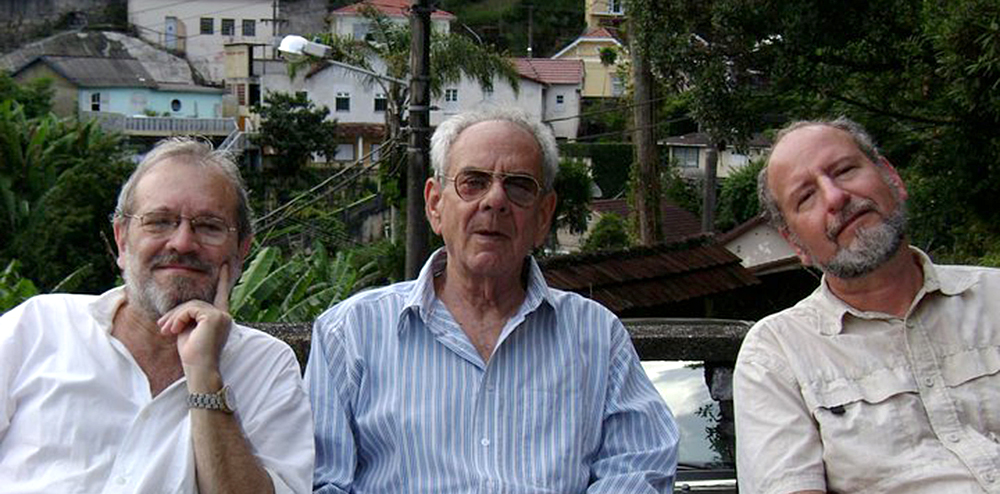
Worms, it turns out, make for a good literary subject— particularly the nasty kind that live and thrive as stowaways in our guts.
Karl Reinhard, a UNL professor who has dedicated most of the last 30 years to the study of ancient parasites, learned as much when his most recent work, "Fundamentals of Paleoparasitology," won the natural sciences division of Brazil's most prestigious book awards, the Prêmio Jabuti, or "Tortoise Award."
The book — a collaboration with Brazilian luminaries Luiz Fernando Ferreira and Aduato Araújo — is a compilation of essays and research that examines the long history and impacts of parasitic worms. Reinhard said the book was written for a general audience, but its success may have been helped by the literary flourish of Brazil's national language, Portuguese.
"As scientists we think parasites are interesting," Reinhard said, "but the award indicates that the archaeology of disease interesting to a wide range of folks, and that's gratifying."
The research that Reinhard put into the award-winning book also helped land a major research grant from the Brazilian government's "Science without Borders" program. Reinhard, an environmental archaeology professor at the School of Natural Resources, will be a "Special Visiting Researcher" on a three-year, $150,000 grant.
Reinhard plans to set up a research facility in Brazil where he will spend three months each year trying to solve a riddle. Parasites traveled with humans as they began migrating around the globe. Yet, as civilizations blossomed, parasites were only a major problem in the Old World. In the pre-Columbian Americas, however, parasites were a virtual non-issue. In particular, the New World rarely saw wide-spread infections of parasitic worms like whipworm and the giant roundworm, Ascaris lumbricoides, which can reach a stomach-churning 13 inches long.
"You can't find a place in the Old World, from the Iron Age on, without them," said Reinhard. "But they’re very rare in the New World."
Reinhard's data comes from examining ancient mummies, burials, and sanitation residue. He said samples of mummified human feces have contained as many as a million whipworm eggs. Named for its whip-like shape, whipworms can grow to about two inches long in humans.
Reinhard said his team has identified at least five new species of worms in the last 15 years just by looking at archeological sites. And there are still unanswered questions about how some parasites got to the Americas in the first place.
Reinhard is convinced parasitic worms arrived long before Old World explorers landed on American shores, but he doesn't know how. Hookworms, for example, supposedly aren't hardy enough to withstand arctic conditions. Yet they somehow survived a frigid journey across the arctic land bridge as early humans migrated across a frozen swath of ice in the Bering Sea. This land bridge is believed to have linked Eastern Asia to North America, creating a path for the first humans in the Americas about 15,000 years ago.
"That shows how little we know," Reinhard said. "We're not as smart as we think we are when it comes to parasites."
Reinhard said he expects the answer will likely be complex.
There are more than 1,200 medicinal plants that were known to Native Americans, and any combination of those could have kept parasites at bay. And there are also cultural, agricultural and religious factors that could have played a part, he said.
"Native Americans had a big resource of medicinal plants and weren't inhibited by medieval ideas of medicine," Reinhard said.
- Charlie Litton, School of Natural Resources